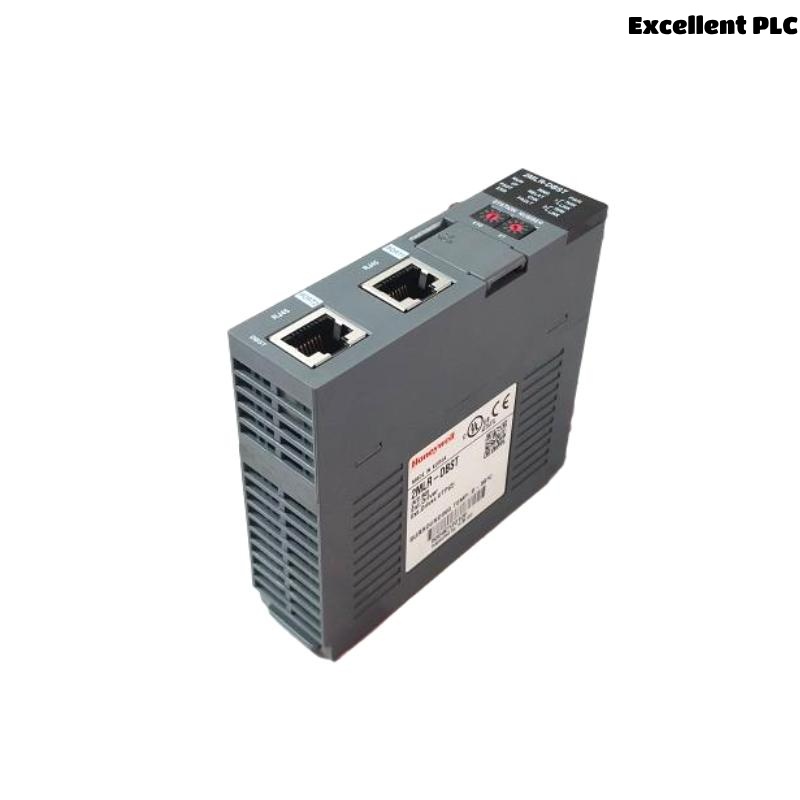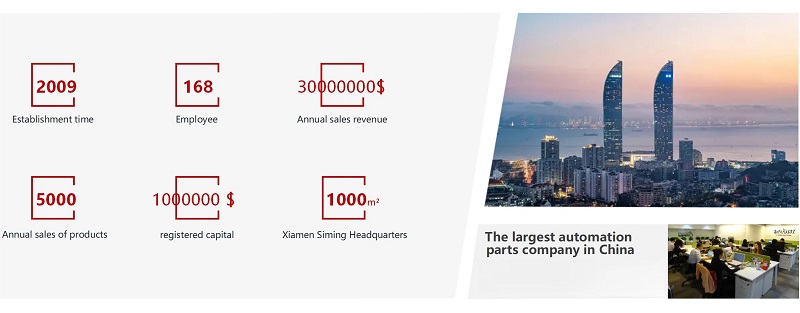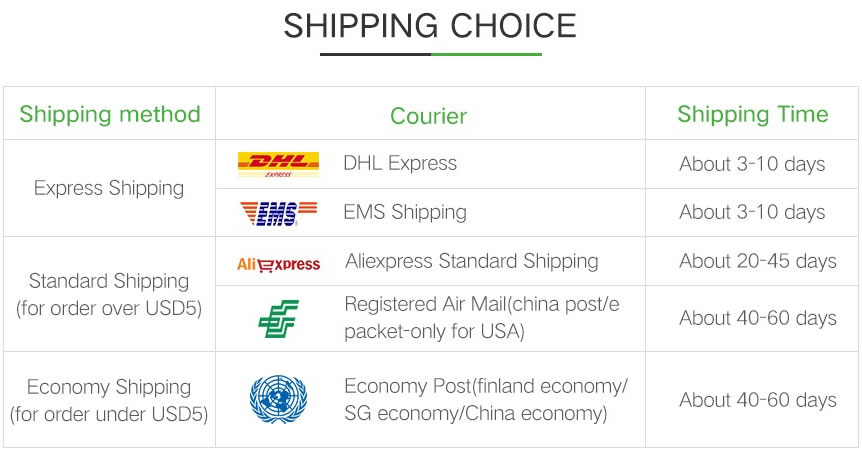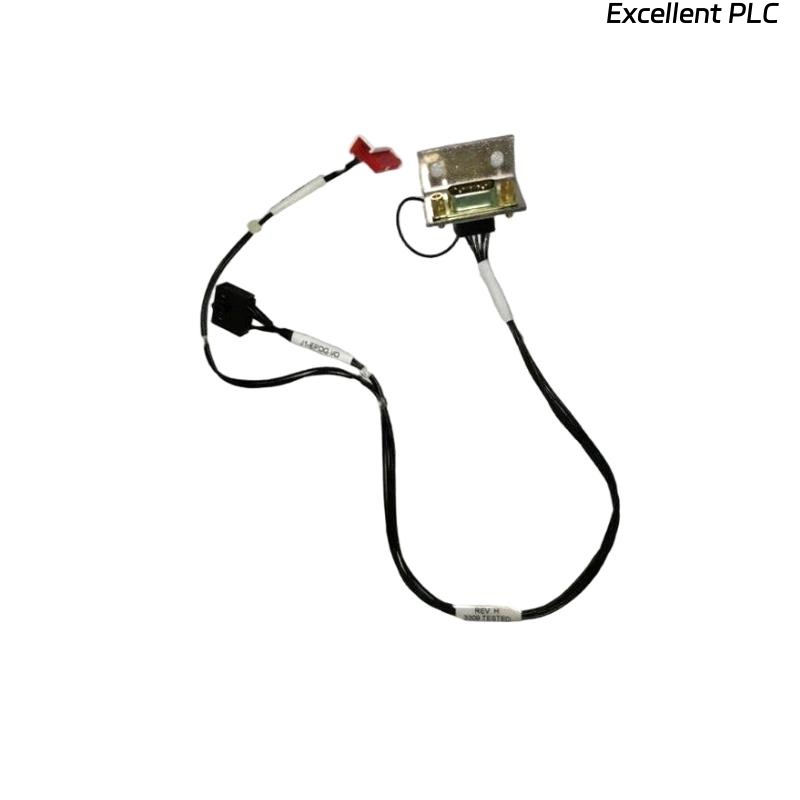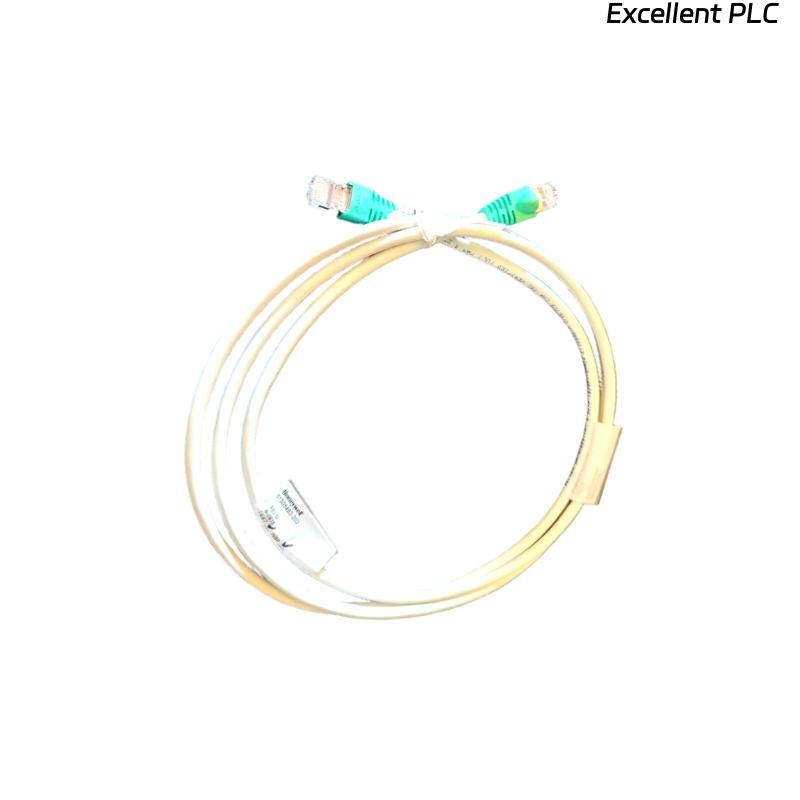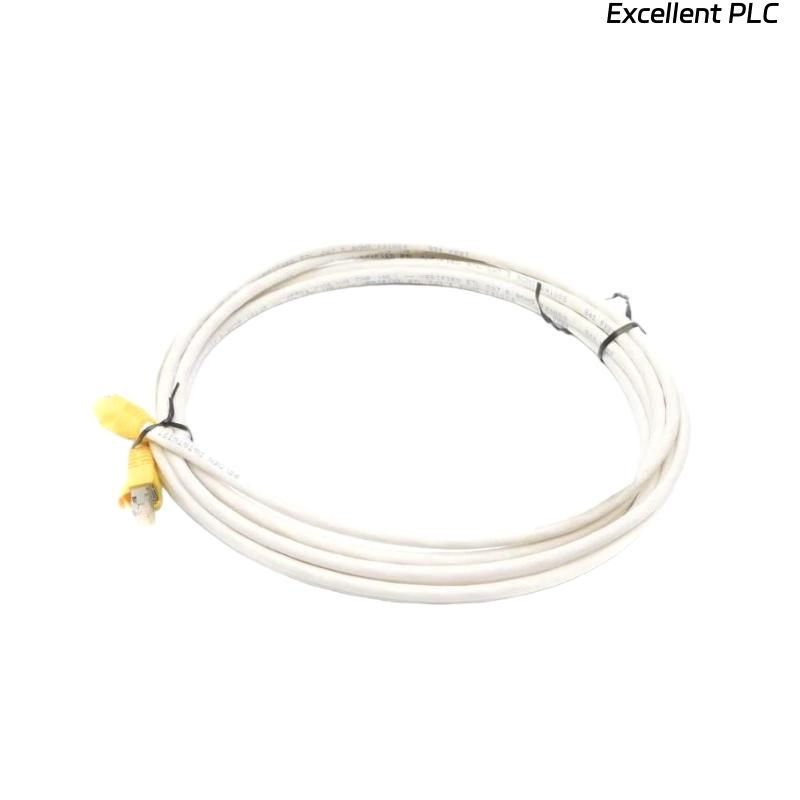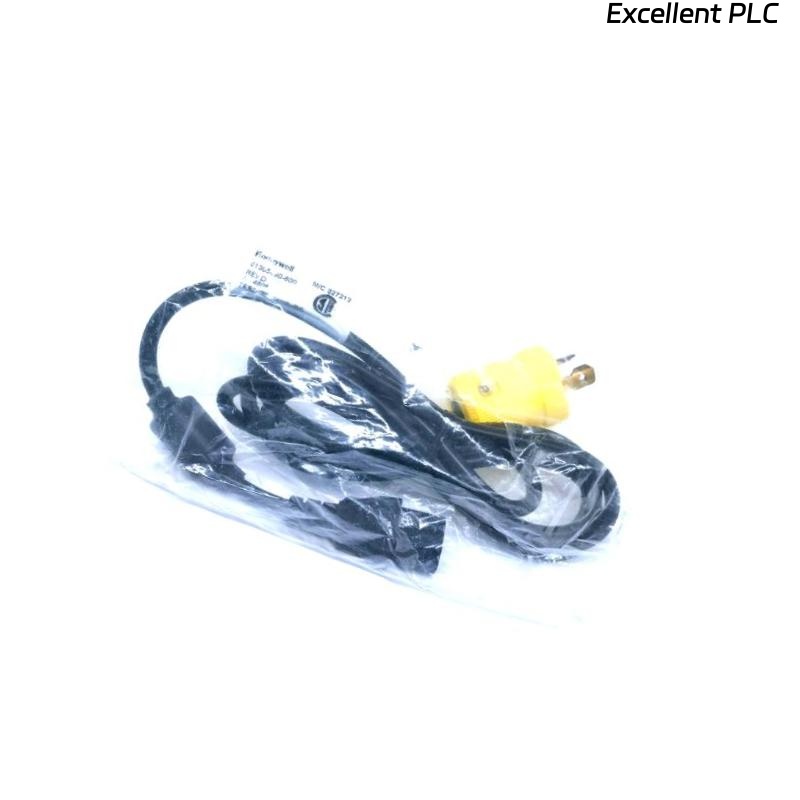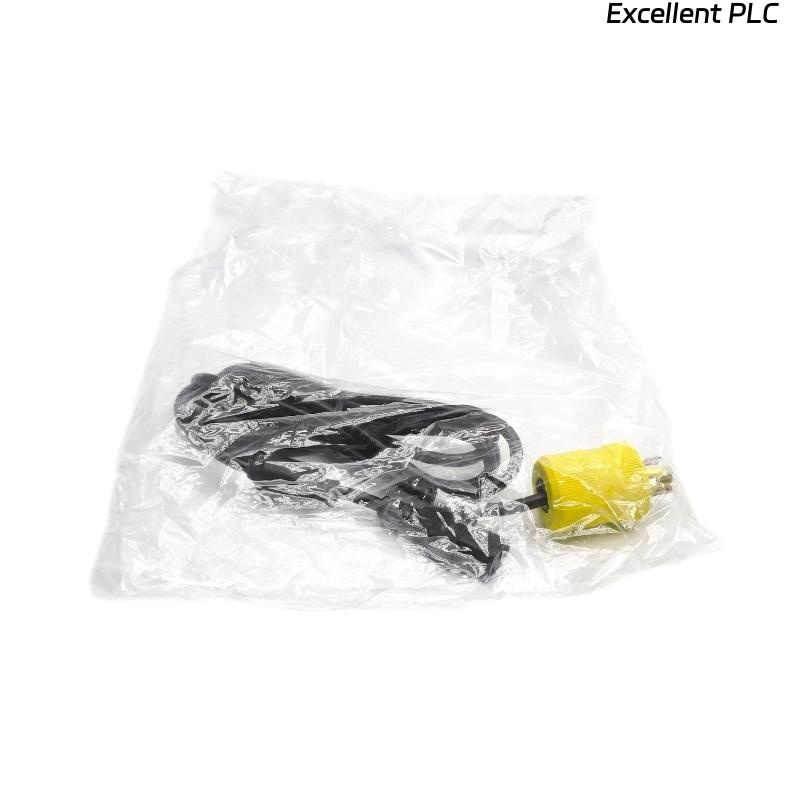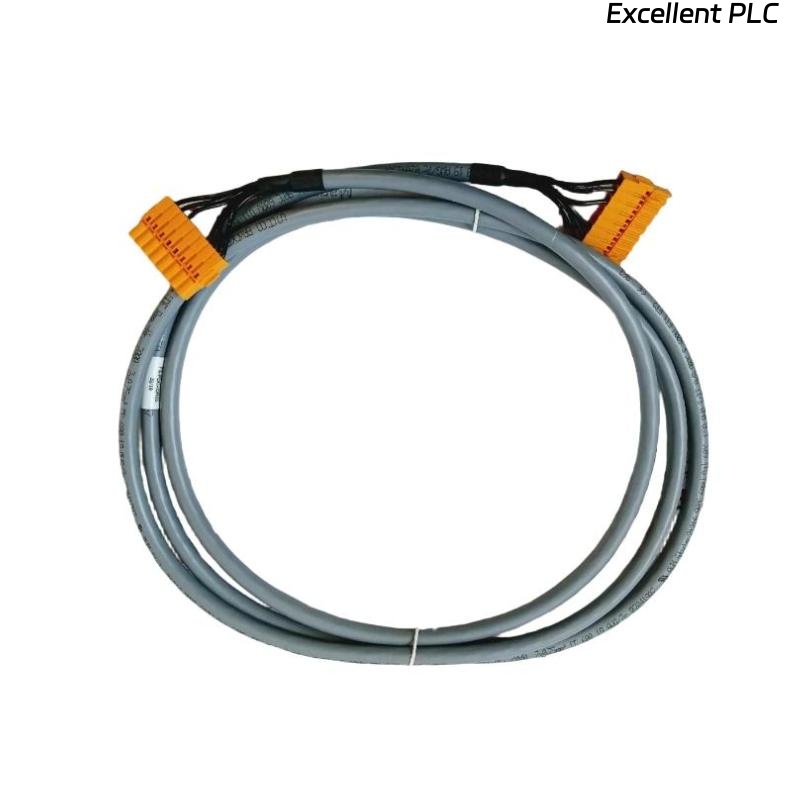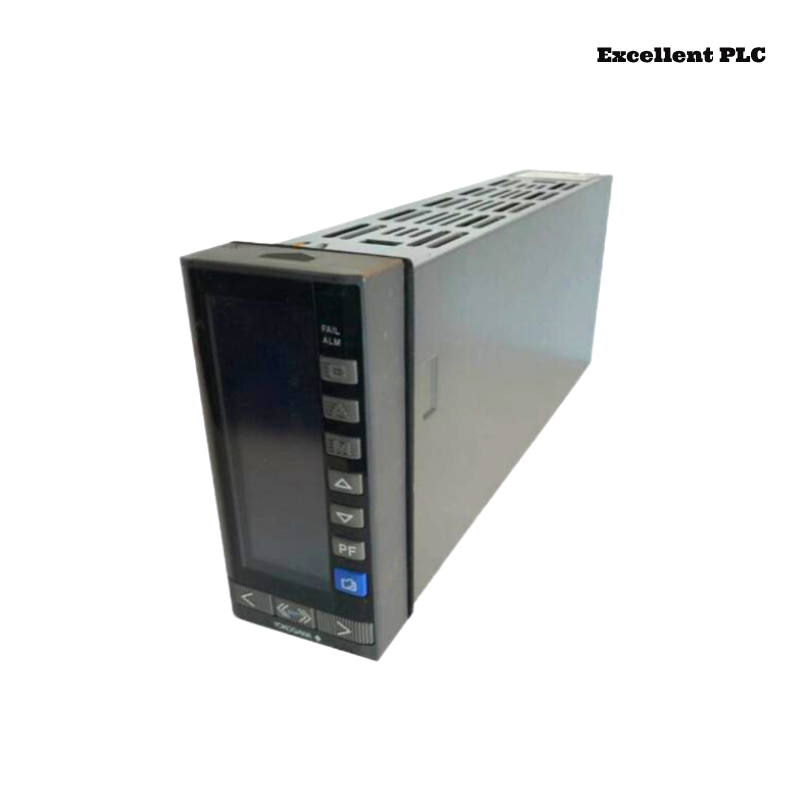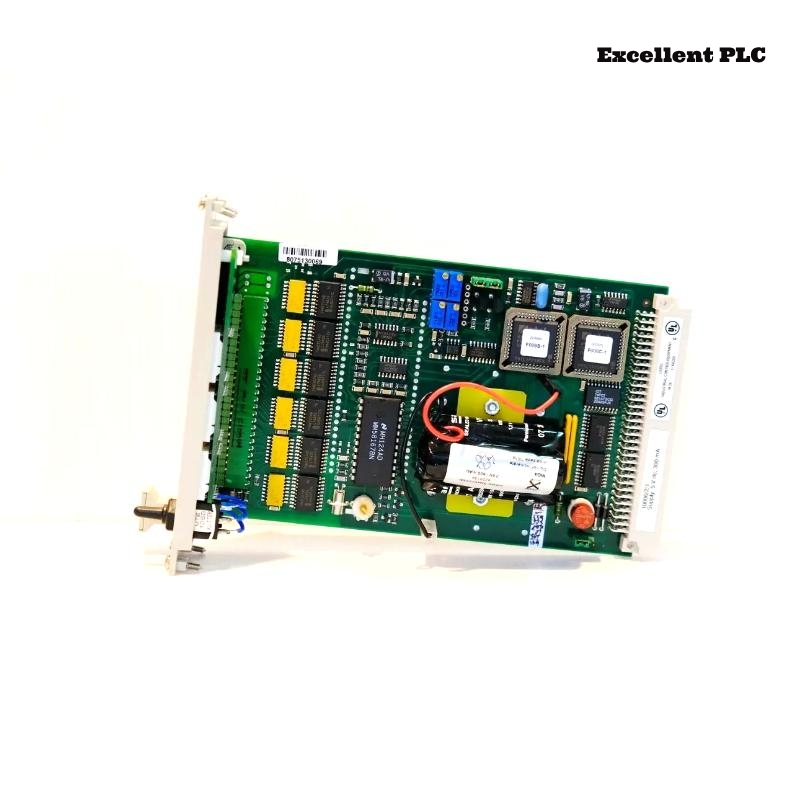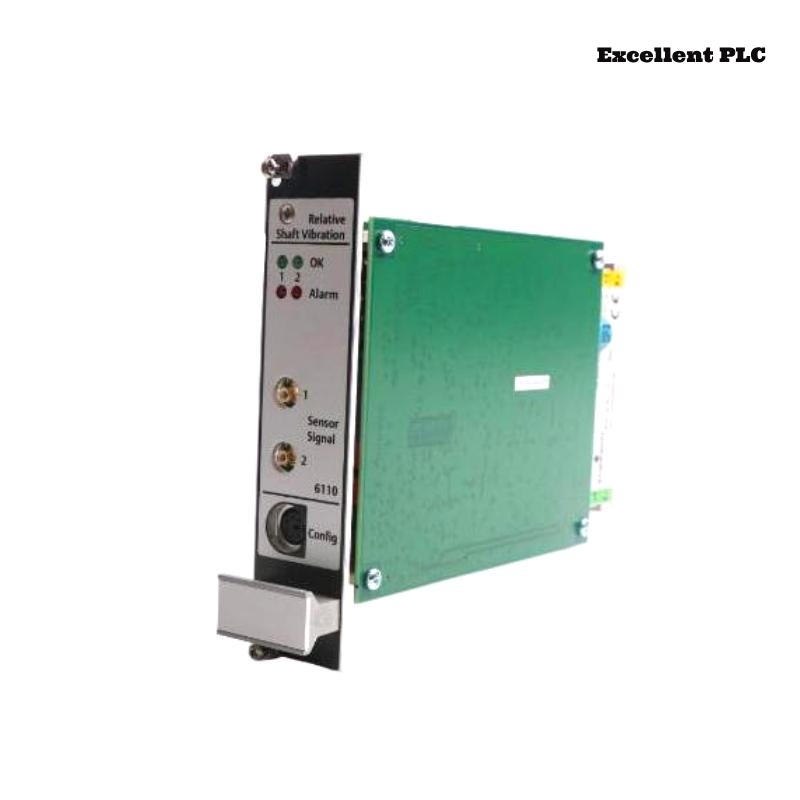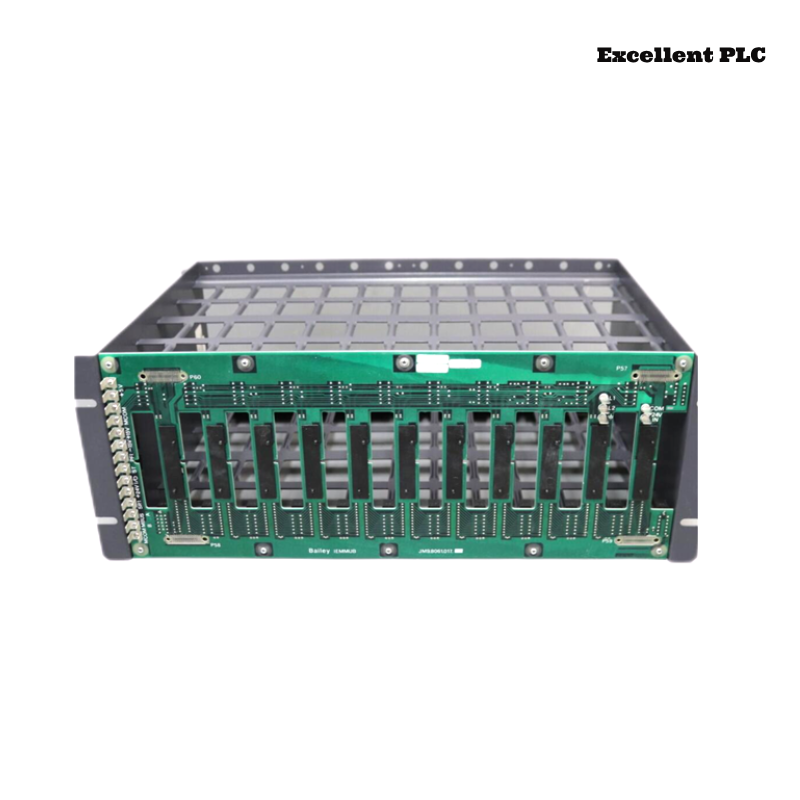| Company Information | ||||||||
| [email protected] | ||||||||
| Mobile | +8613666033393 | |||||||
| +8613666033393 | ||||||||
| 13666033393 | ||||||||
| Add | Room 1004, No. 62 Xiangxiu Li, Siming District, Xiamen City, Fujian Province, China | |||||||
Product Overview
The Honeywell 2MLR-DBST-CC Expansion Driver Module is an advanced module developed as part of the Modular Logic and Remote (MLR) control architecture, aimed at extending communication and I/O capacity across distributed automation environments. Designed to support centralized control strategies with scalable input/output integration, the 2MLR-DBST-CC serves as a vital link between field devices and main control processors.
This module plays a critical role in enabling additional serial or fieldbus connectivity to remote units or intelligent field instruments. It supports various industrial protocols and is engineered with electromagnetic compatibility, robust mechanical integrity, and thermal stability, making it suitable for harsh plant-floor conditions.
Honeywell has tailored the 2MLR-DBST-CC to fit seamlessly into mission-critical applications where reliability, system uptime, and flexibility are paramount. With its compact design, user-friendly integration options, and future-ready architecture, it is a key enabler in evolving control landscapes.
Technical Specifications
| Parameter | Specification |
|---|---|
| Model | 2MLR-DBST-CC |
| Module Type | Expansion Driver Module |
| System Compatibility | Honeywell MLR Series |
| Supported Communication | RS-485, Fieldbus, Modbus (protocol variant dependent) |
| Mounting Type | DIN Rail Mount |
| Nominal Input Voltage | 24 VDC ±10% |
| Power Consumption | 4.8 W (typical) |
| Number of Expansion Ports | Up to 2 communication channels |
| Isolation Protection | Galvanic isolation between channels and system bus |
| EMC Compliance | IEC 61326-3-1, EN 61000-6-2/4 |
| Environmental Sealing | IP20 (enclosure), IP30 (when installed in cabinet) |
| Operating Temperature | -20°C to +60°C |
| Storage Temperature | -40°C to +85°C |
| Humidity | 5%–95% RH, non-condensing |
| Dimensions (W x H x D) | 175 × 115 × 35 mm |
| Weight | 0.1 kg |
| Certifications | CE, UL, RoHS, CSA certified |
Applications
The 2MLR-DBST-CC module is widely deployed in industries that demand distributed automation and high-reliability communication. Specific use cases include:
-
Oil & Gas Facilities: Integration of remote sensors and actuators across long distances using fieldbus.
-
Petrochemical Plants: Enabling high-speed communication between dispersed instrumentation panels.
-
Power Generation Plants: Extending SCADA and DCS connectivity to remote substations and switchyards.
-
Pharmaceutical Manufacturing: Complying with regulated communication infrastructure within validated systems.
-
Food & Beverage Processing: Modular communication expansion for recipe-based and batch automation.
-
Mining & Metals Automation: Rugged and dependable communication control in high-vibration and dusty environments.
Key Advantages
-
High Communication Flexibility
Supports both legacy and modern communication protocols, allowing seamless integration with existing plant systems and third-party hardware. -
Robust System Isolation
Built-in galvanic isolation enhances protection against transient voltage spikes and electromagnetic interference. -
Compact & Modular Design
Designed to optimize control panel space without sacrificing performance or accessibility. -
Scalable Integration
Easily adds communication capacity to growing control systems without a full controller upgrade. -
Rugged Environmental Compliance
Engineered to perform under extreme temperature, humidity, and electrical noise conditions. -
Reduced Downtime
Designed with maintenance-friendly diagnostics and LED indicators for rapid troubleshooting and replacement. -
Protocol Interoperability
Enables centralized control across multi-vendor environments by supporting standardized protocols. -
Secure Configuration Storage
Non-volatile memory ensures configuration retention even in the event of unexpected shutdowns. -
Fast Installation
Tool-free DIN rail mounting and plug-and-play architecture reduce installation time and commissioning complexity. -
Long-Term Availability
Backed by Honeywell’s commitment to industrial lifecycle support and backward compatibility.
Frequently Asked Questions (FAQ)
-
What distinguishes the 2MLR-DBST-CC from the standard 2MLR-DBST module?
The “-CC” variant includes enhanced channel control features, providing expanded diagnostics, faster serial response, and improved fault tolerance for critical communication links. -
Can this module be used in systems with both new and legacy Honeywell controllers?
Yes. It maintains backward compatibility with legacy MLR controllers while offering forward support for newer PLC architectures, allowing it to act as a bridge between generations. -
Does the 2MLR-DBST-CC require software configuration before deployment?
Yes, configuration is typically performed via Honeywell’s engineering software suite, which allows addressing, baud rate setup, and communication role assignment. -
What types of field devices can be connected through this module?
Compatible devices include sensors, actuators, intelligent transmitters, remote I/O modules, and third-party PLCs—especially those using RS-485 or Fieldbus protocols. -
How are firmware updates applied to the 2MLR-DBST-CC?
Firmware updates are administered through the Honeywell central configuration tool, and updates are stored locally in the module’s flash memory. -
Is it possible to mount this module horizontally in confined cabinets?
Yes, although vertical installation is preferred for optimal thermal dissipation, the module’s heat tolerance and airflow design allow horizontal mounting when necessary. -
What protection mechanisms are in place in case of power failure?
The module includes brownout protection and will automatically resume normal operation upon restoration of power, maintaining its prior communication settings. -
Can multiple 2MLR-DBST-CC modules be used in the same system?
Absolutely. Multiple modules can be chained or distributed depending on the architecture, each managing independent communication channels or device groups. -
What diagnostic features does the module provide for maintenance?
Front-facing LED indicators provide real-time status on power, channel communication, fault events, and module health, enabling predictive maintenance strategies. -
Is there a limit to the number of field devices connected through one module?
The total number depends on the protocol and data rate used. For RS-485, up to 32 nodes per channel is typical; with Fieldbus, limits are governed by network segment rules.
Related Models (Same Series or Variant)
| Model | Description | Key Feature |
|---|---|---|
| 2MLR-DBST | Base Expansion Driver Module | Standard RS-485/Fieldbus connectivity |
| 2MLR-DBST-01 | Diagnostic Expansion Driver Module | Adds error monitoring and diagnostics |
| 2MLR-CCM | Communication Channel Module | Modular channel control for segmented networks |
| 2MLR-IO-D16 | 16-Channel Digital I/O Module | Integrated with DBST modules for I/O expansion |
| 2MLR-AIO-8 | 8-Channel Analog Input/Output Module | Analog signal processing for MLR systems |
| 2MLR-PWR24 | Power Supply Module for Expansion Bus | 24 VDC regulated output with noise filtering |
Popular Honeywell Models (Same Brand)
| Model | Description | Primary Use Case |
|---|---|---|
| CC-PDIL01 | Digital Input Module for C300 Controllers | High-speed signal acquisition |
| TC-PRR021 | Redundant Processor Module for Experion PKS | Fault-tolerant control processing |
| 51401497-200 | Analog Output Module | Field device control for analog actuators |
| 8U-BXCBZ0 | Universal Control I/O Backplane | Multi-module chassis connectivity |
| 51304493-200 | Ethernet Interface Module | Network integration in control systems |
| HC900-CPU-301 | Advanced Hybrid Controller CPU | Hybrid process control and logic management |
 Excellent PLC
Excellent PLC


